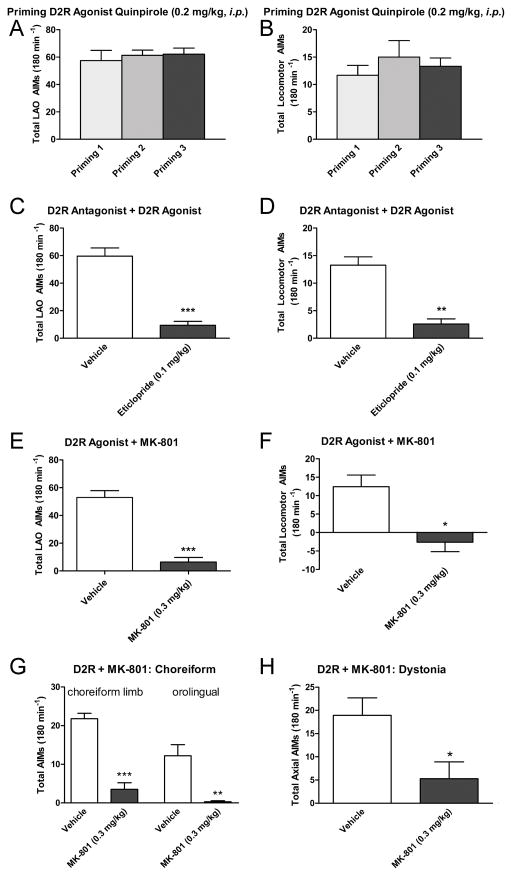Figure 3. Establishing the D2R agonist–induced AIMs model.
3 priming sessions with the D2R agonist quinpirole (0.2 mg/kg, i.p.) induce AIMs in rats with established L-DOPA-induced-AIMs. (A) LAO AIMs at the 3 priming sessions using. (B) Mean locomotor AIMs elicited by quinpirole. (C) The D2R agonist-induced LAO AIMs were blocked by the D2R antagonist eticlopride. (D) The D2R agonist-induced locomotor AIMs were also blocked by the D2R antagonist eticlopride. MK-801 (0.3 mg/kg) blocks D2R agonist-induced AIMs (quinpirole, 0.2 mg/kg, i.p.). In (E) mean LAO AIMs are shown. (F) The graph depicts mean locomotor AIMs after quinpirole injection, and shows that MK-801 induced ipsiversive locomotor AIMs. Mean choreiform limb, orolingual (G) and dystonic axial (H) AIMs are depicted separately, showing that all are effectively reduced by MK-801. All graphs show the mean data ±SEM (n = 7–9) after injection of drugs. Significant differences from vehicle control experiments in the same testing sessions are depicted by asterisks, ***p < 0.001, **p < 0.01, *p < 0.05 (n = 7–9; two-tailed t-tests).

